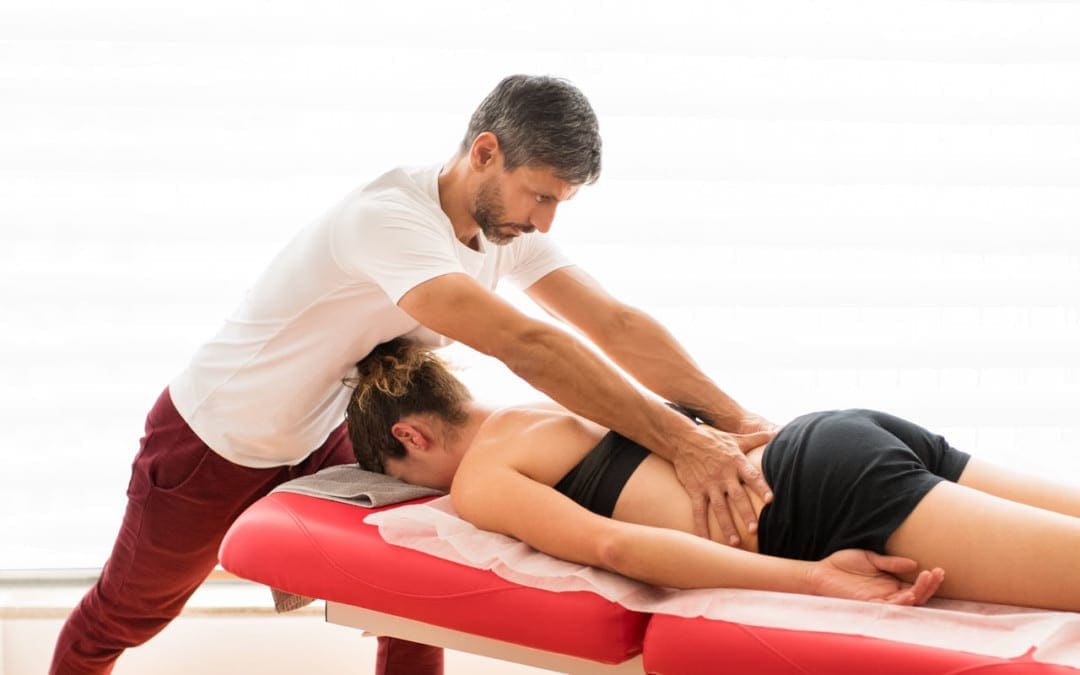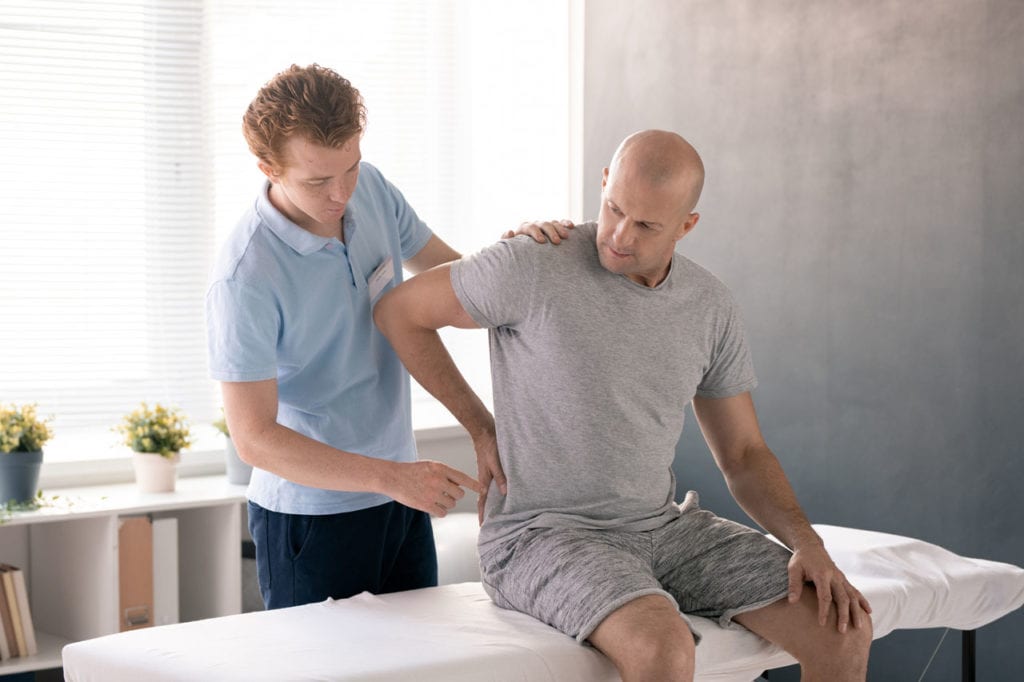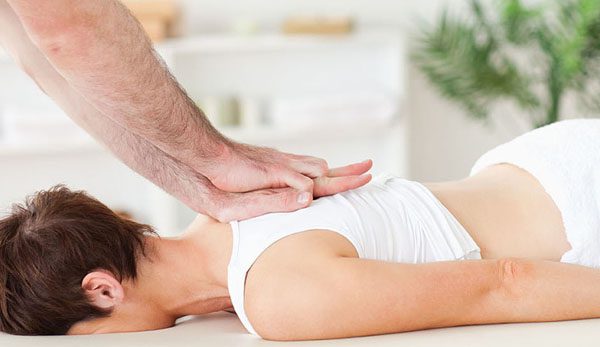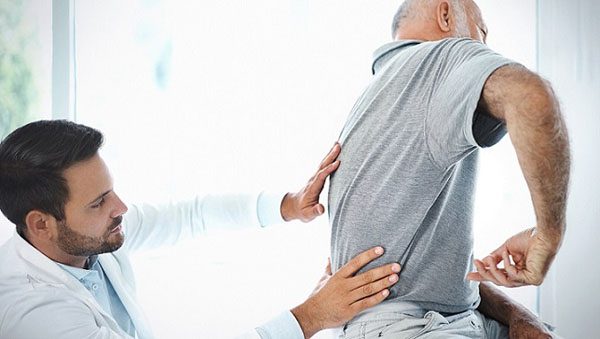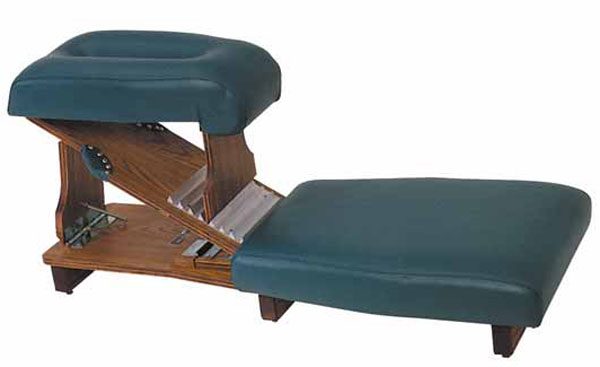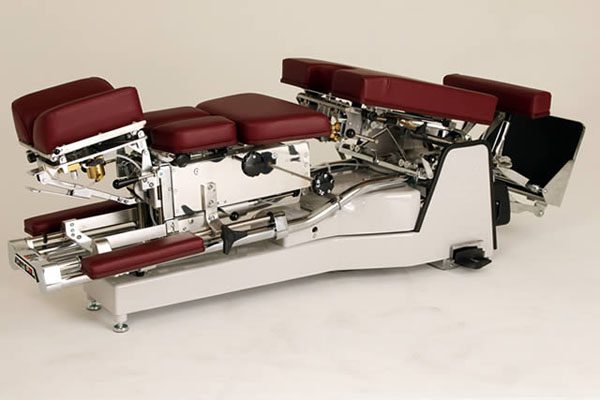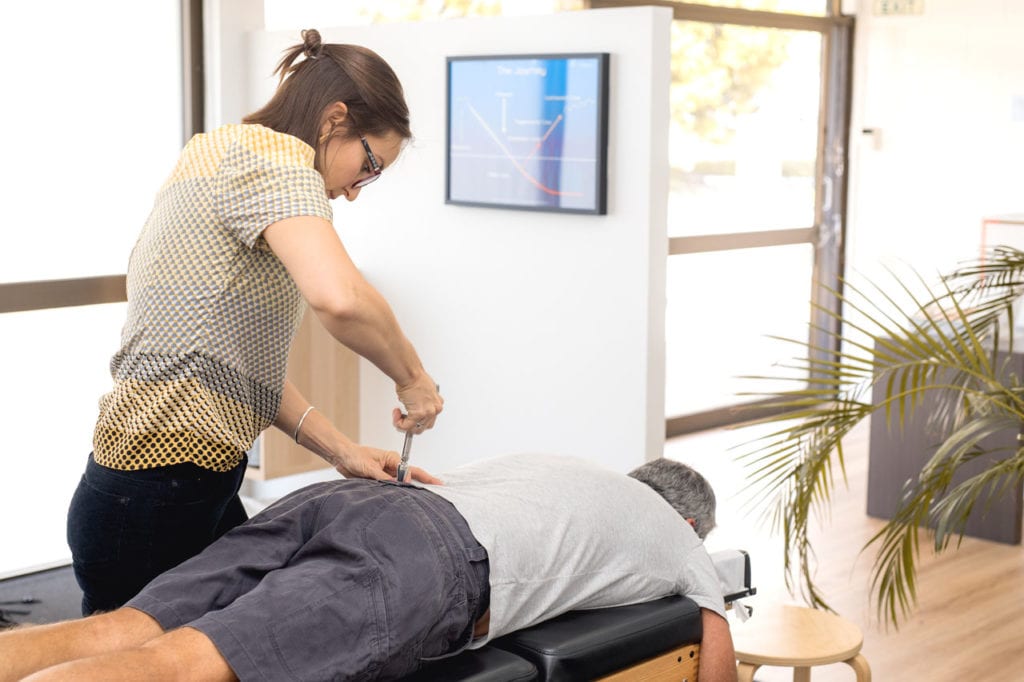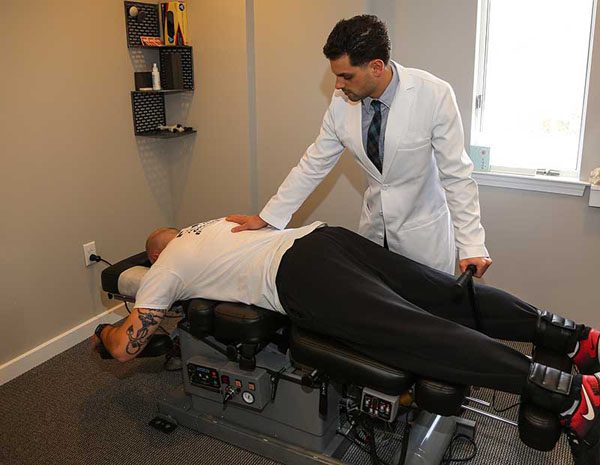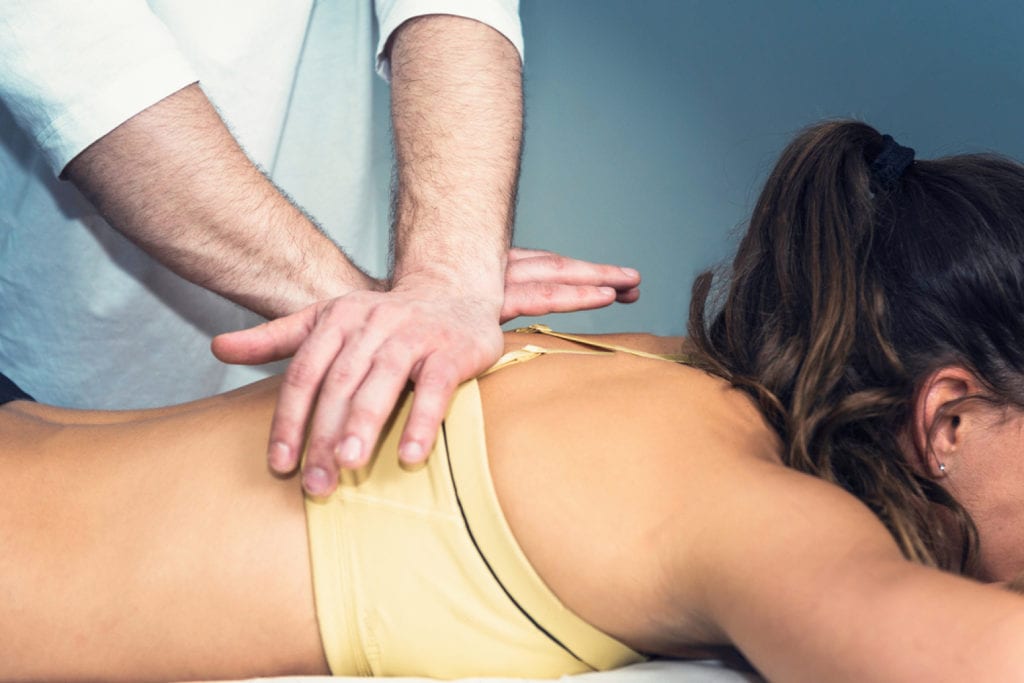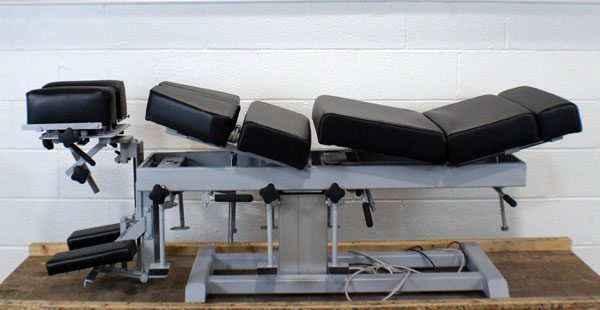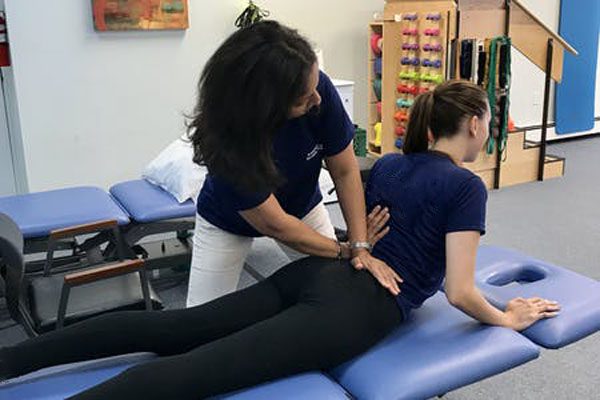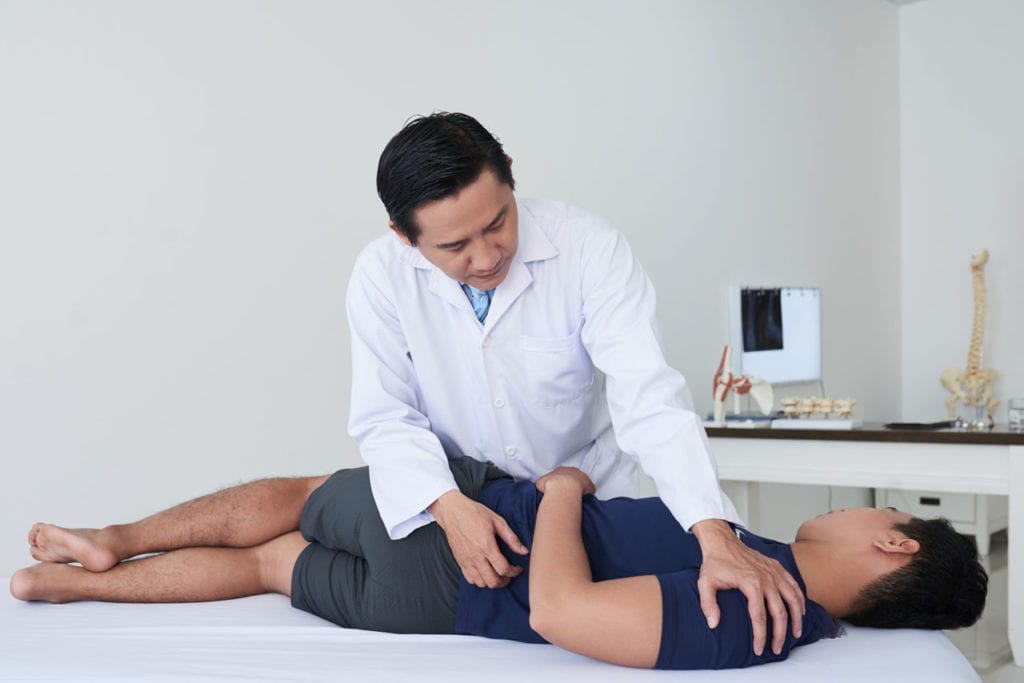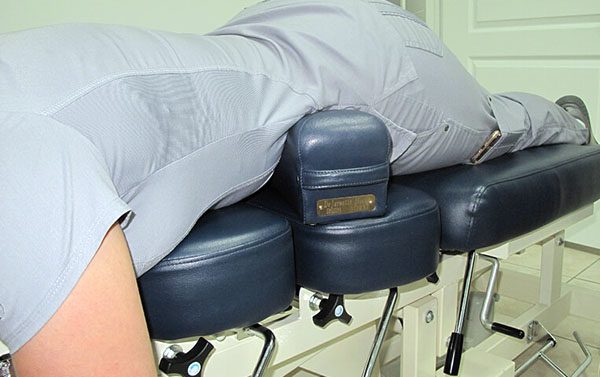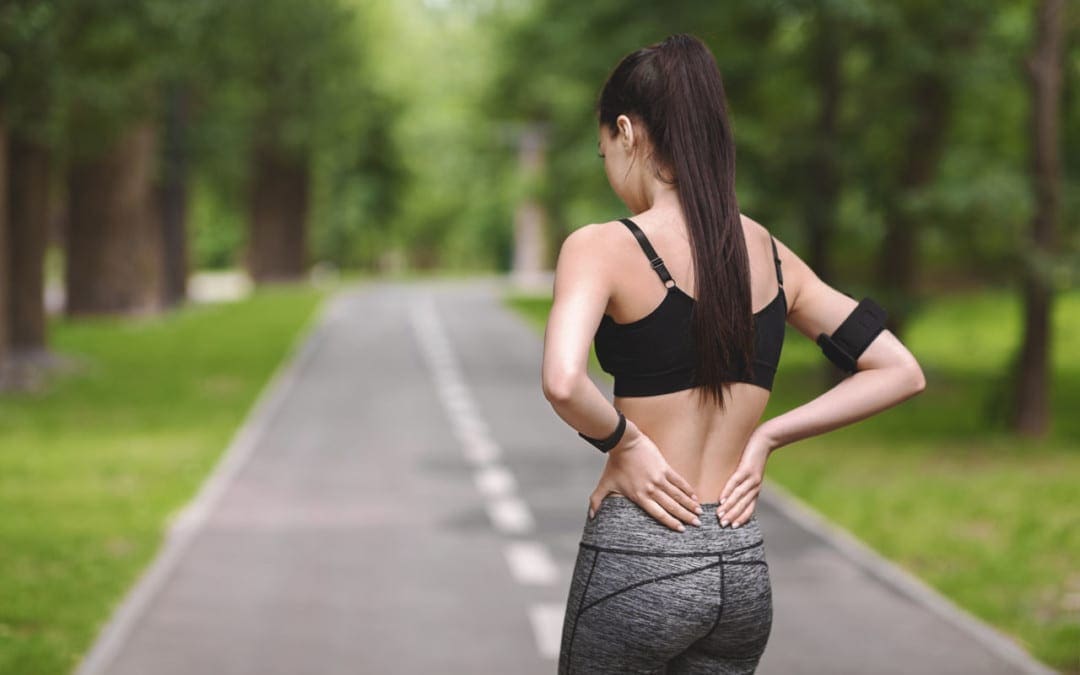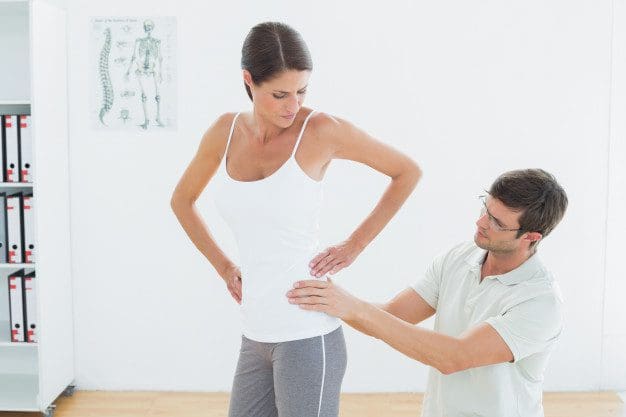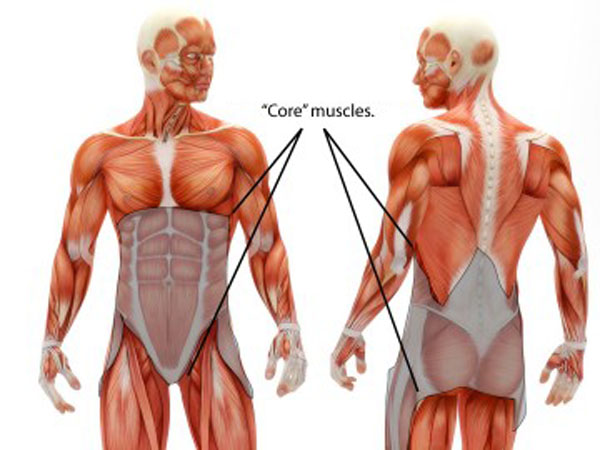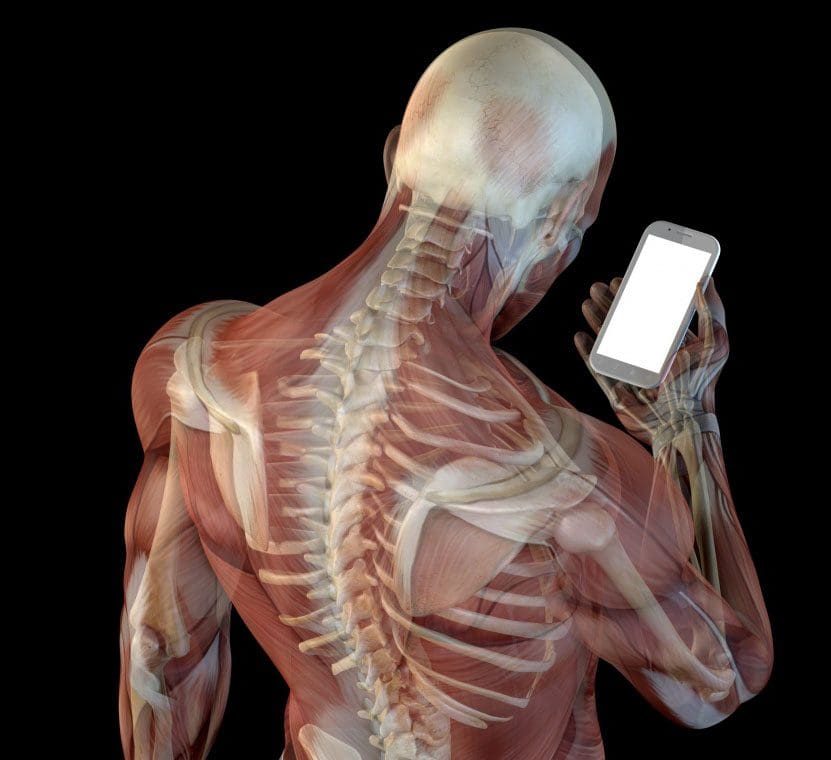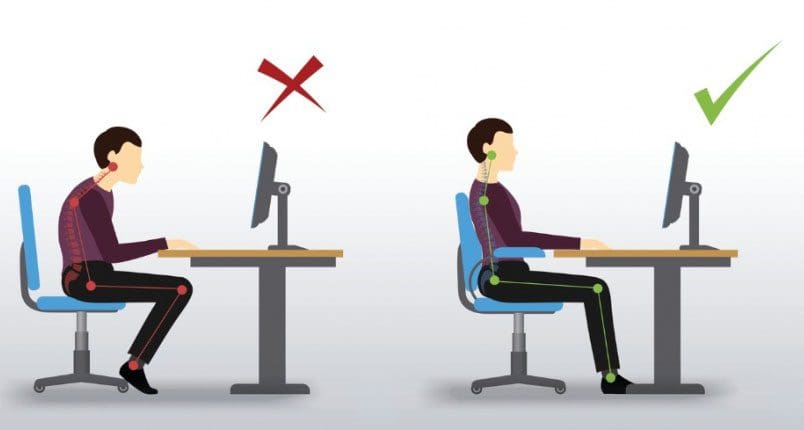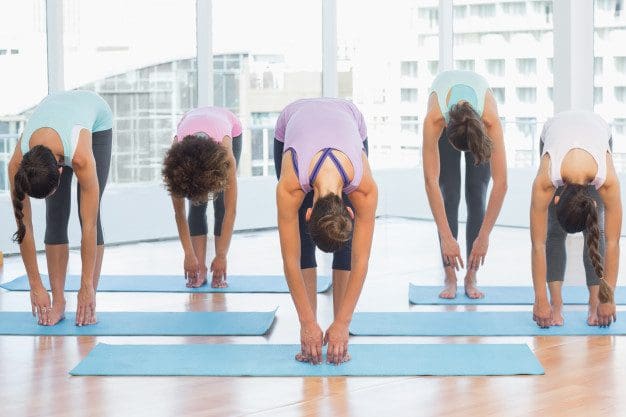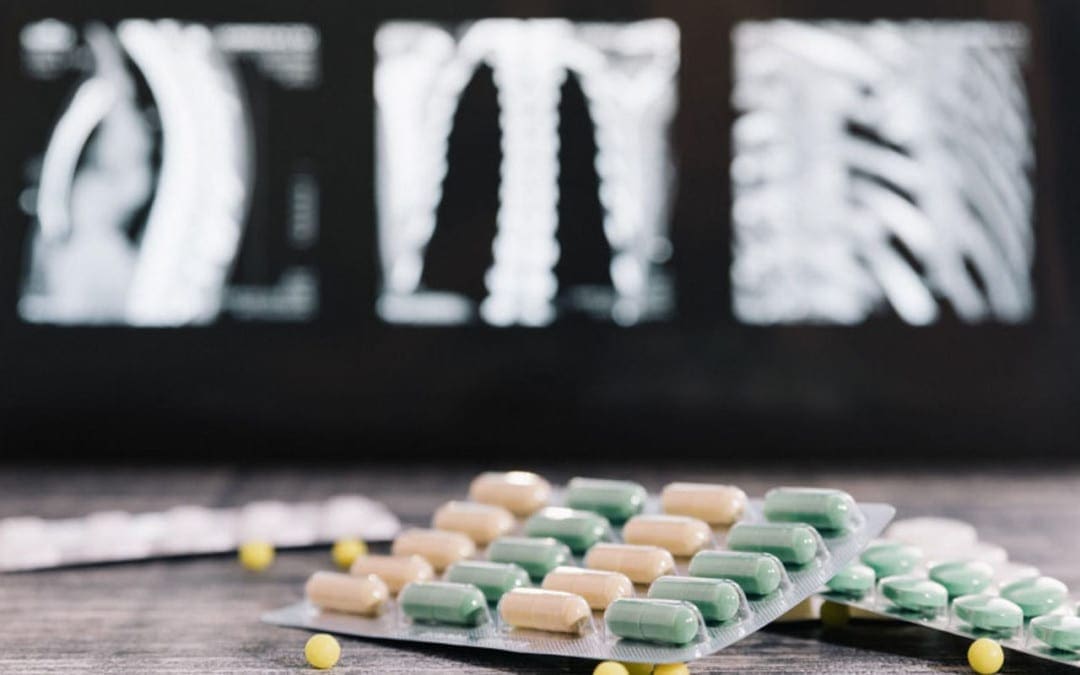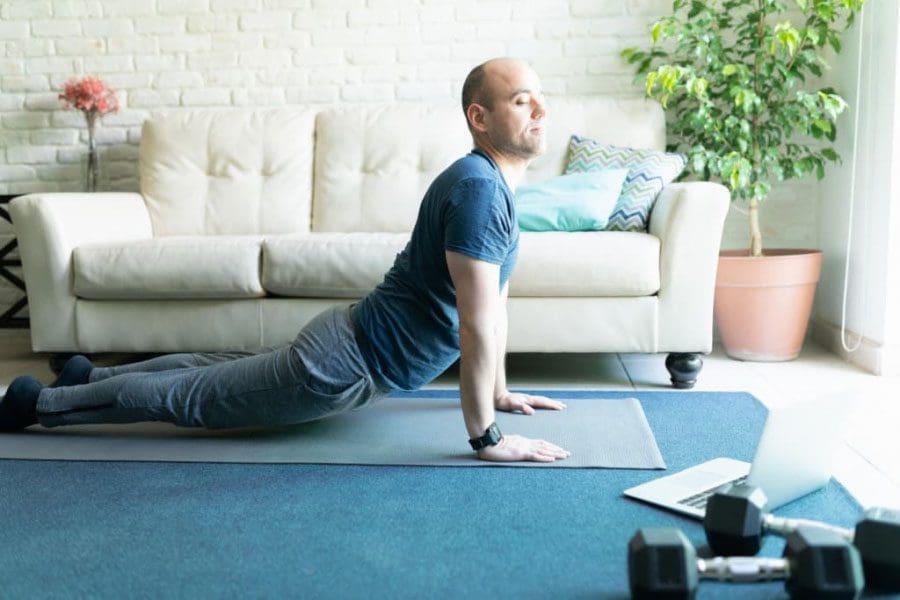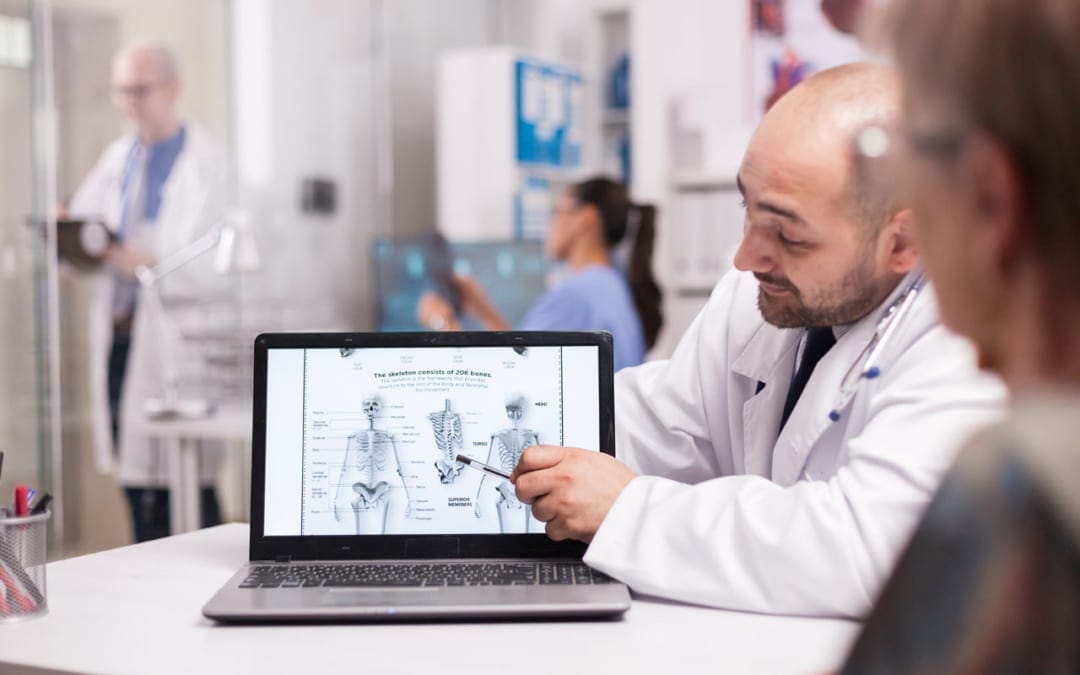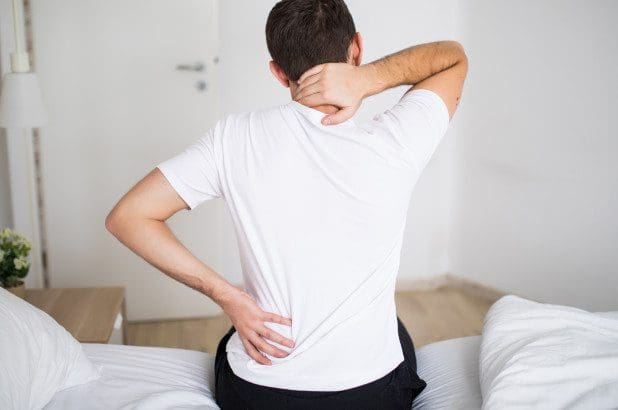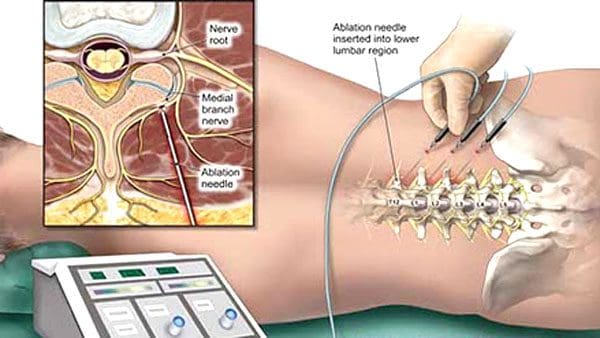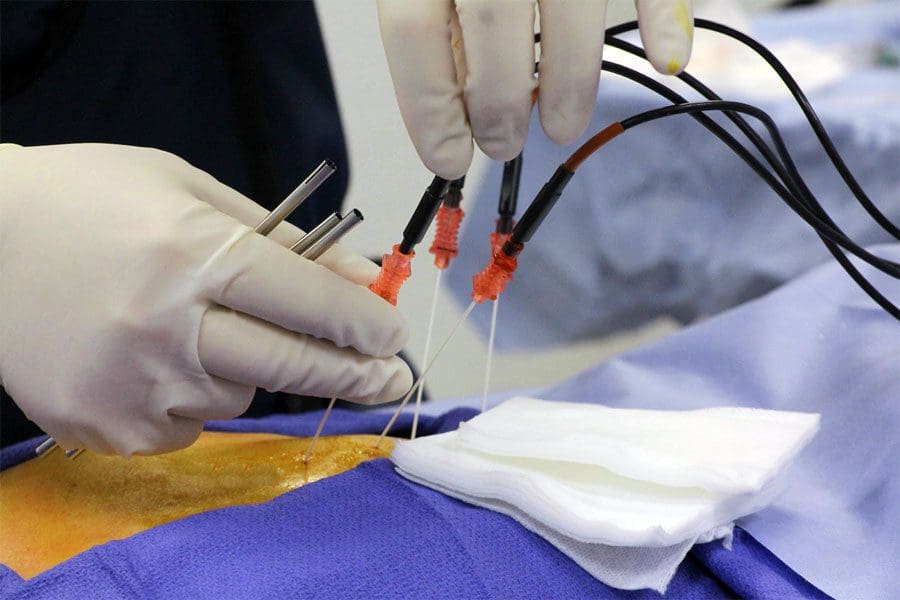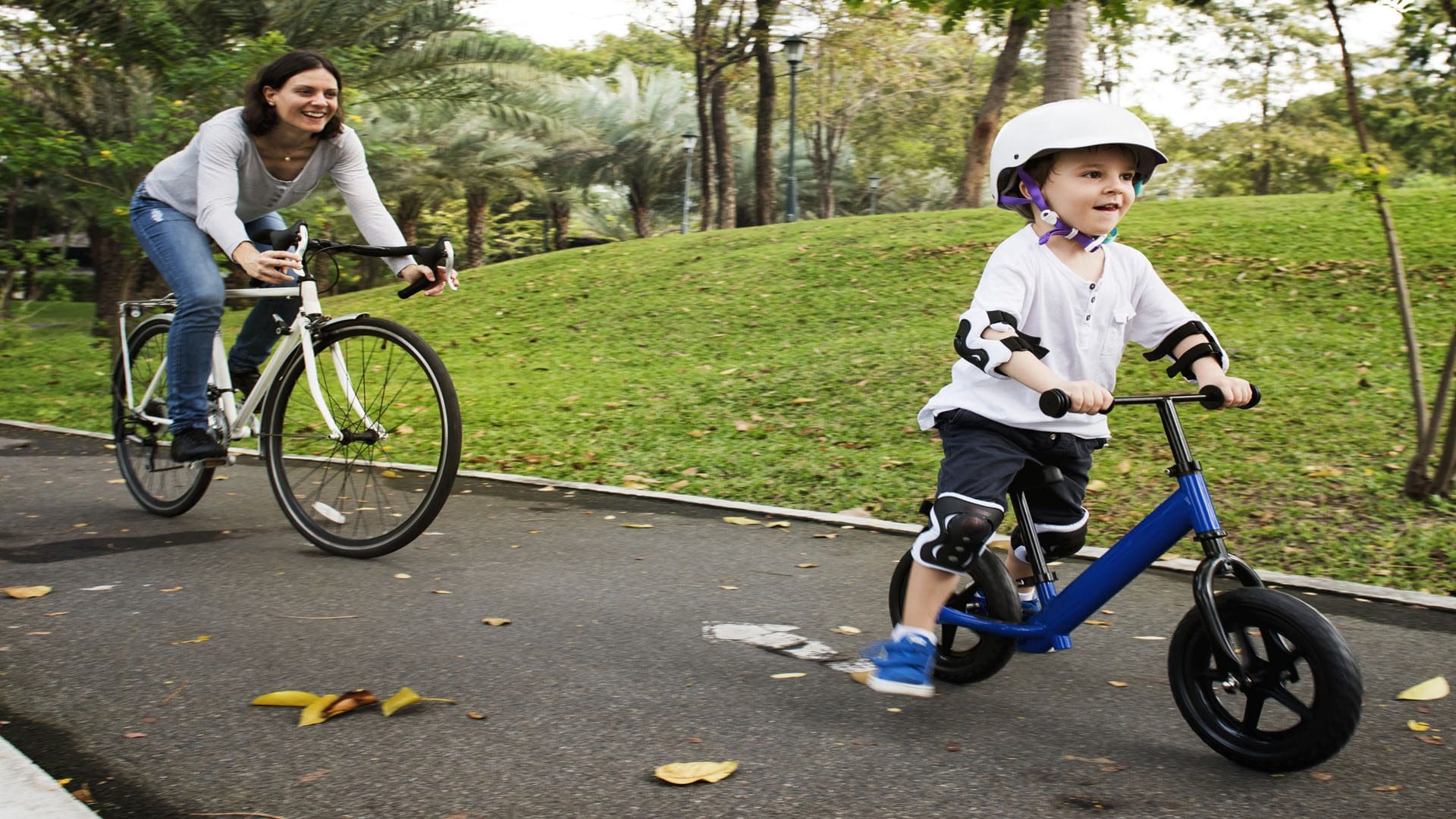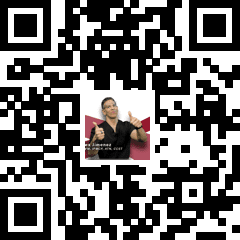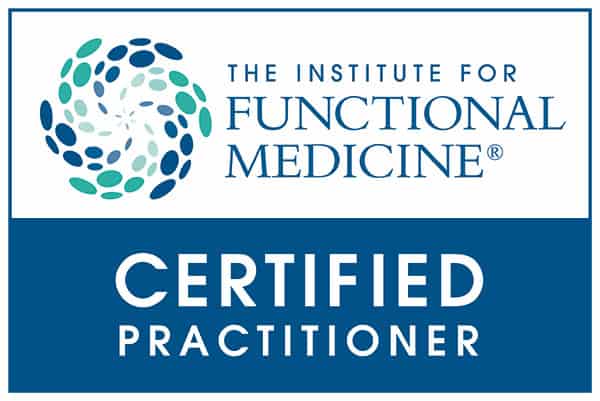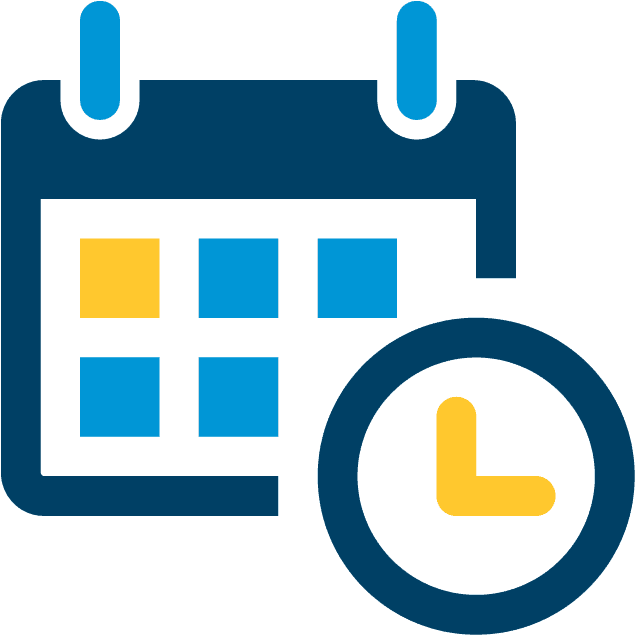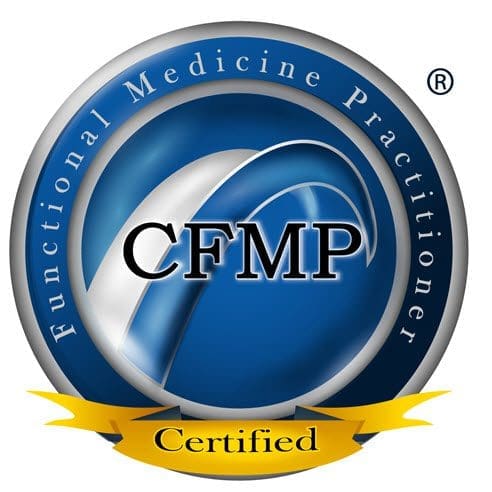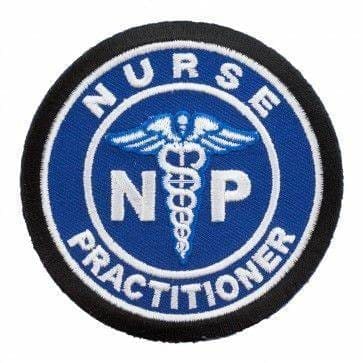Back Clinic Back Pain Chiropractic Treatment Team. At the El Paso Back Clinic, we take back pain very seriously.
After diagnosing the root cause of your discomfort/pain, we’ll do everything within our power to cure the area and relieve your symptoms.
Common causes of back pain:
There is an infinite number of forms of back pain, and a variety of injuries and diseases may cause discomfort in this area of the body. One of the most Frequent ones we see one of our patients in East Side El Paso and surrounding areas comprise:
Disc Herniation
Inside the backbone are flexible discs that cushion your bones and absorb shock. Whenever these discs are broken, they may compress a nerve leading to lower extremity numbness. StressWhen a muscle at the trunk is overexerted or hurt, causing stiffness and pain, this type of injury is generally classified as a back strain. This can be the consequence of attempting to lift an item that can result in excruciating pain and impairment and is too heavy. Diagnosing the underlying cause of your pain.
Osteoarthritis
Osteoarthritis is characterized by the slow wearing down of protective cartilage. When the back is affected by this condition, it causes damage to the bones that results in chronic pain, stiffness, and limited mobility. SprainIf ligaments in your spine and back are stretched or torn, it’s called a spine sprain. Typically, this injury causes pain in the region. Spasms cause back muscles to overwork they may start to contract, and can even stay contracted– also called a muscle spasm. Muscle spasms can present with pain and stiffness until the strain resolves.
We want to accomplish the diagnosis straight away, integrating a background and exam along with state-of-the-art imaging, so we can provide you with the most efficient therapy choices. To begin, we will speak with you regarding your symptoms, which will provide us with critical information regarding your underlying condition. We’ll then perform a physical exam, during which we’ll check for posture issues, evaluate your spine and assess your backbone. If we guess injuries, like a disk or neurological injury, we’ll probably order imaging tests to obtain an analysis.
Regenerative remedies to your back pain. At the El Paso Back Clinic, you may be certain that you’re in the best possible hands with our Doctor of Chiropractic and Massage Therapist. Our purpose during your pain treatment isn’t only to relieve your symptoms — but also to avoid a recurrence and to treat your pain.
